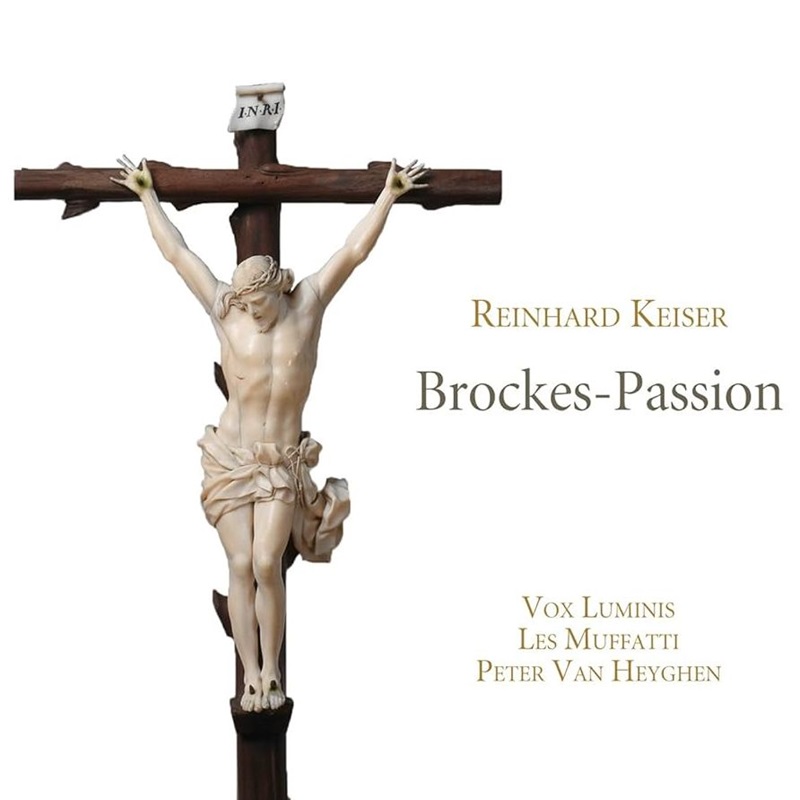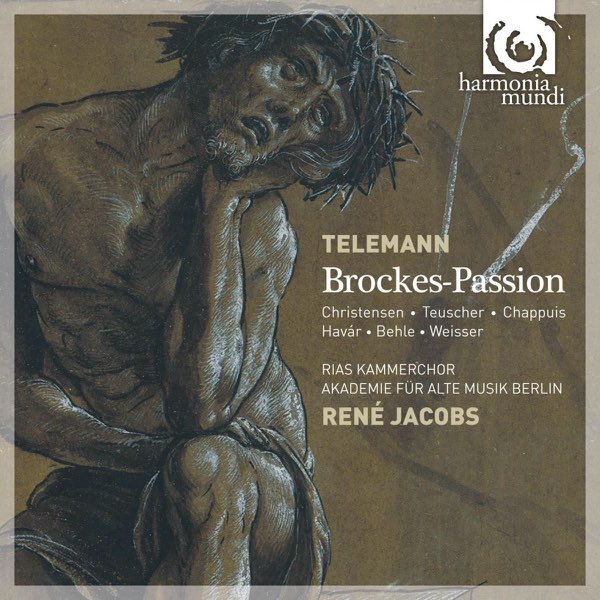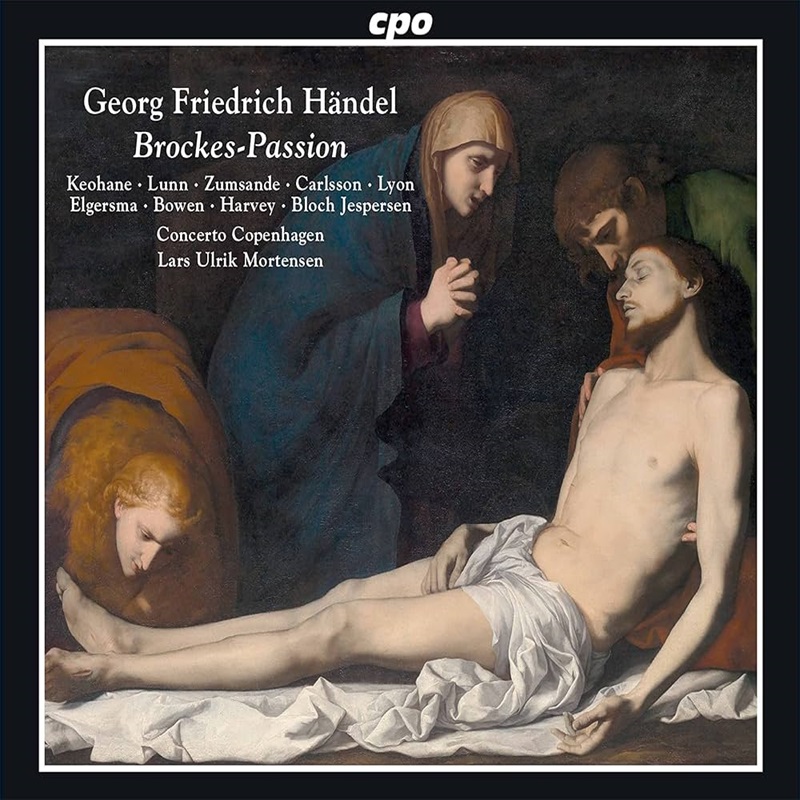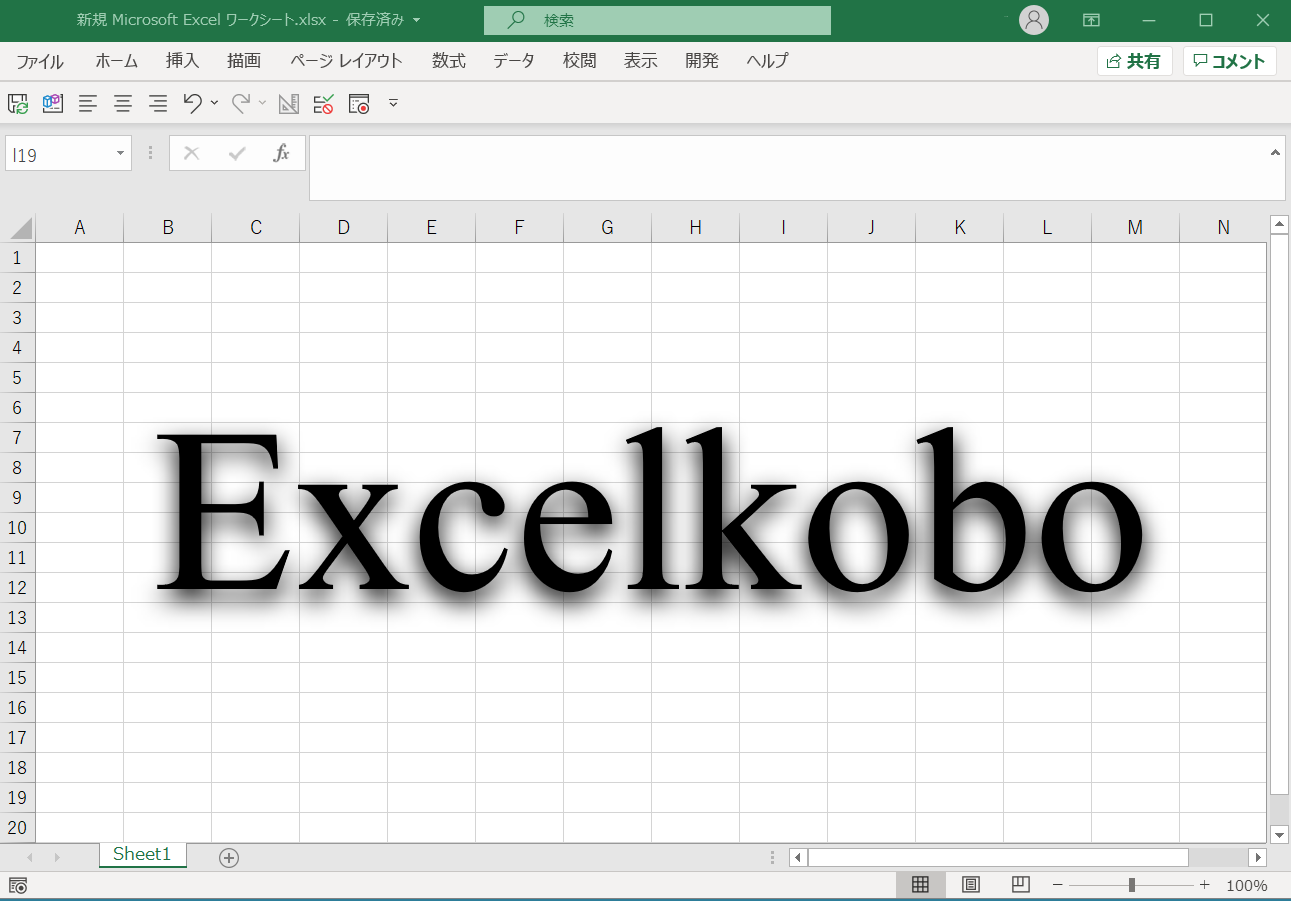“Brockes Passion” / Peter van Heyghen, René Jacobs, and others
The “Brockes Passion” is a Passion oratorio based on a text by German writer Barthold Heinrich Brockes. Its official title is “Der für die Sünde der Welt gemarterte und sterbende Jesus (Jesus who suffered and died for the sins of the world)”. His lyrics were set to music by the following composers
Reinhard Keiser (1712)
Georg Philipp Telemann (1716)
Georg Friedrich Handel (late 1710s)
Johann Mattheson (1718)
Gottfried Heinrich Stölzel (1725)
Johann Friedrich Fasch (?)
Georg Philipp Telemann (1716)
Georg Friedrich Handel (late 1710s)
Johann Mattheson (1718)
Gottfried Heinrich Stölzel (1725)
Johann Friedrich Fasch (?)
Characteristic characters are the daughter of Zion (Tochter Zion) and the believing soul (Eine gläubige Seele), the former personifying the people of Jerusalem and the latter the Christians. This two charactor’s dialogue technique is also found in Bach’s “Matthew Passion”. The Virgin Mary (Maria) also appears and sings a duet with Jesus.
The first “Brockes Passion” was composed by Reinhard Keiser and premiered in 1712 at the home of Brockes, the author of the passion. The first chorus music is impressive, and it is quite a fine work. The arias with various obbligato instruments are very beautiful. The CD is performed by Peter Van Heyghen.
Next is the “Brockes Passion” by Telemann, first performed in Hamburg in 1716. The aria “Was Bärentatzen, Löwenklauen” by the daughter of Zion in the 35th movement is dramatically expressed as if it were an aria from an opera. It is recorded that on Good Friday in 1739, Bach performed Telemann’s “Brockes Passion” in St. Nikolai Church in Leipzig. The CD was recorded by René Jacobs.
The “Brockes Passion” by Handel. As is often the case with other pieces, there is always a melody that I have heard somewhere before. By the time this piece was written, Handel was already living in England, and according to Mattheson, Handel wrote this piece in England and mailed the complete score music to Mattheson in Germany. The recitative of Mary and the duet with Jesus, “Soll mein Kind” are dramatic. CD is by Lars Ulrik Mortensen.
Now for the Mattheson. He uses unusual instruments such as carillon (glockenspiel?), musette. for accompaniment. The numbers of chorus are more than the others. The CD is by Marie Theres Brand, Motettenchor Speyer, and Accademia Filarmonica Köln.





